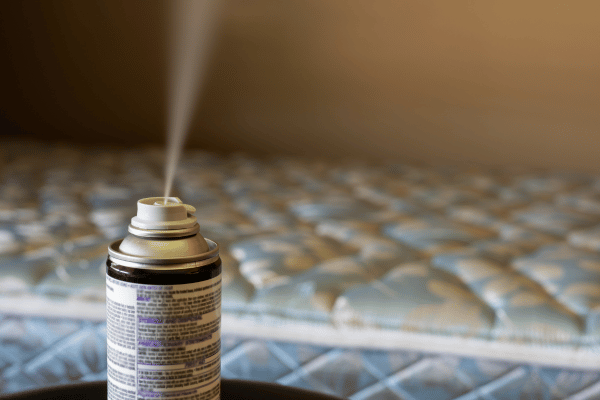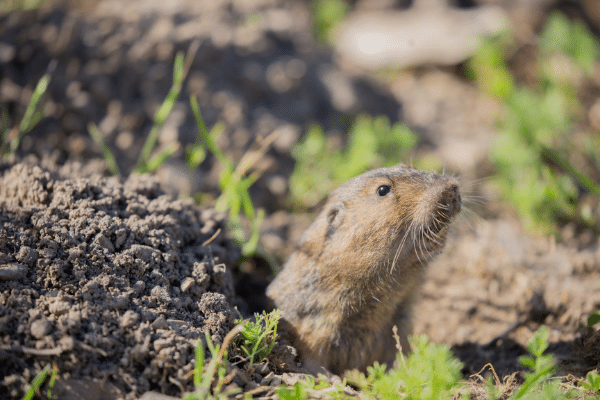- Home
- Animal Trapping
- Marten Trapping
Marten Trapping
This post may contain affiliate links so I earn a commission.
Marten trapping is a lot of fun.
To become successful, lets look at a few techniques that work really well.
The American Marten (or Pine Marten) is a medium sized member of the weasel family found from Alaska, down the western mountain ranges, across Canada and into northern New England.
It has a valuable fur that is usually in demand.
In my experience, they tend to be curious and not overly afraid of humans.
I have been within a few feet of them on several occasions while prospecting in the summer.
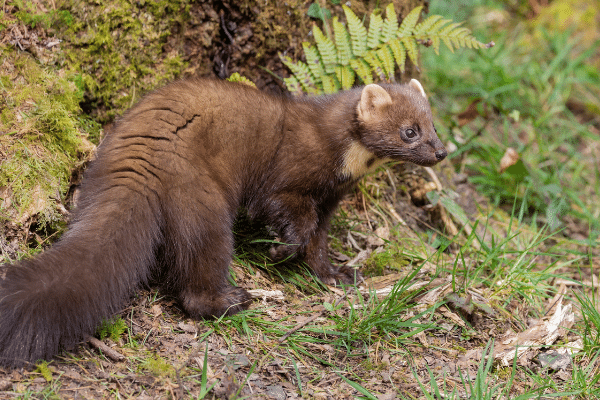
Pine Marten like confer forests and higher elevations.
They feed mainly on the red squirrel (pine squirrel), along with other small game such as voles, marmots and snowshoe hares.
If you are scouting for marten territory, you should look for pine squirrels.
You will know you are in a good area when you see thick layers of shredded pine cones beneath the trees.
Interestingly enough, I caught my first marten in a coyote trap set about 100 yards from the closest tree.
But I was trapping at 10,000 feet and had a skunk call lure at the set.
Trap Selection
Most small leg hold traps will work just fine for marten trapping.
That is anything from a #1 on up.
I have seen #0 traps recommended in the past, but they just seem too weak to me.
For body grip traps, the double spring 120 sized traps are usually recommended.
I trapped them for years with 110's and can't recall a single problem due to a 110 being less powerful.
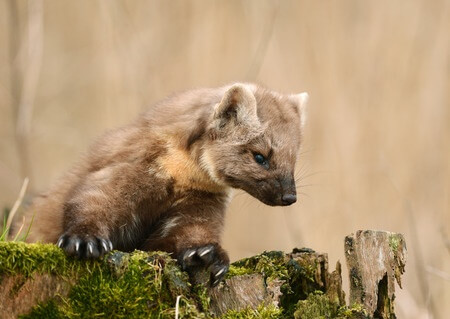
Live traps would probably work well too, since they are their own cubby set.
Marten Trapping Sets
My most popular set by far is the leaning pole set.
To make one take a log or stout branch and lean it against a pine tree.
Place a covered piece of beaver meat at the top and a trap on the pole.
You can set a body grip trap near the top of the pole with a piece of meat on the trigger or just behind the trap, or place a leg hold down the pole a little ways.
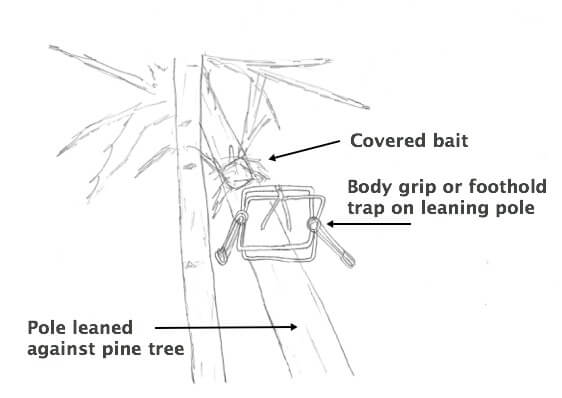
A finish nail works well to hang the foothold trap on.
I bet you always wondered why there is a hole in the frame of your trap!
Make sure to cover the bait so you don't attract too many birds and you're all set.
The second most popular set is the cubby set constructed out of a homemade wood box.
These can be made at home in your workshop and packed in.
Some place them on the ground and others strap them onto a running pole just like the previous set.
Baits and Lures
The best bait I have found for marten is plain beaver meat.
I have tried muskrat with disappointing results.
I think the musky high fat content of beaver meat helps its scent travel farther in the cold.
Lures used when marten trapping should contain a good skunk base.
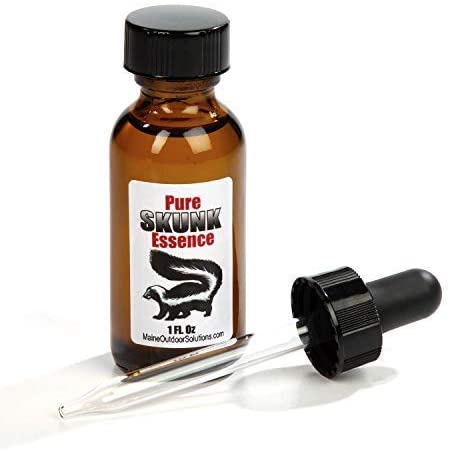
This scent travels a long ways in the cold and attracts marten well.
I actually caught a skunk in a running pole set for marten one winter.
The only thing I could figure was the skunk was denned up very close by and couldn't resist the smell on the beaver meat.
It sprayed all over the set, and after that catch I had a marten in the trap the next two or three times I checked it.
A good all around call lure is sun rendered fish oil with skunk essence added.
Marten Trapping - Fur Handling
Marten are case skinned and stretched fur out.
You can brush them but be wary of trying to remove pine pitch from their fur.
It is better to leave it on than to damage the hide trying to remove it.
Many trappers leave the front legs on the pelt.
Marten trapping is fun and challenging due to the remoteness of most of their habitat.
If you have them in your area, it is definitely worth pursuing them.

